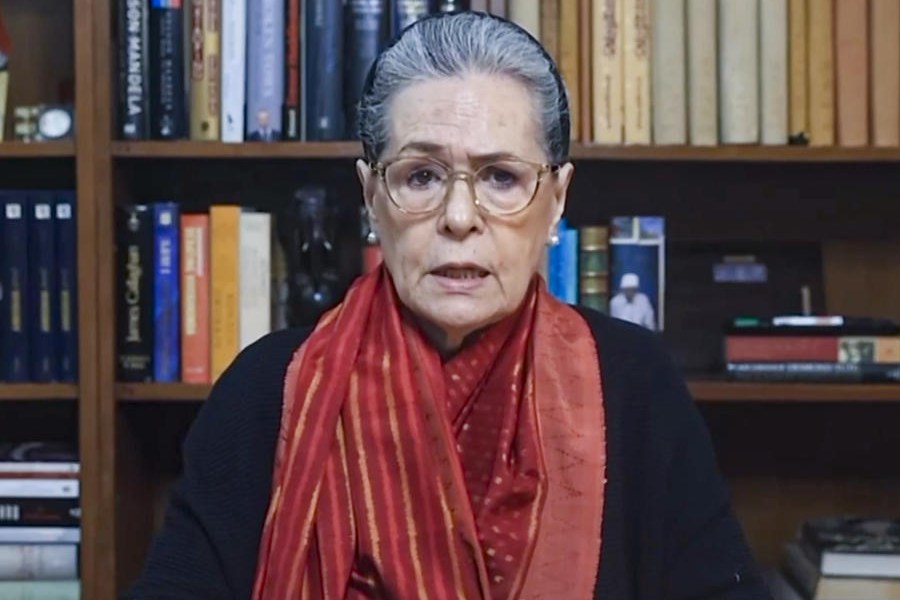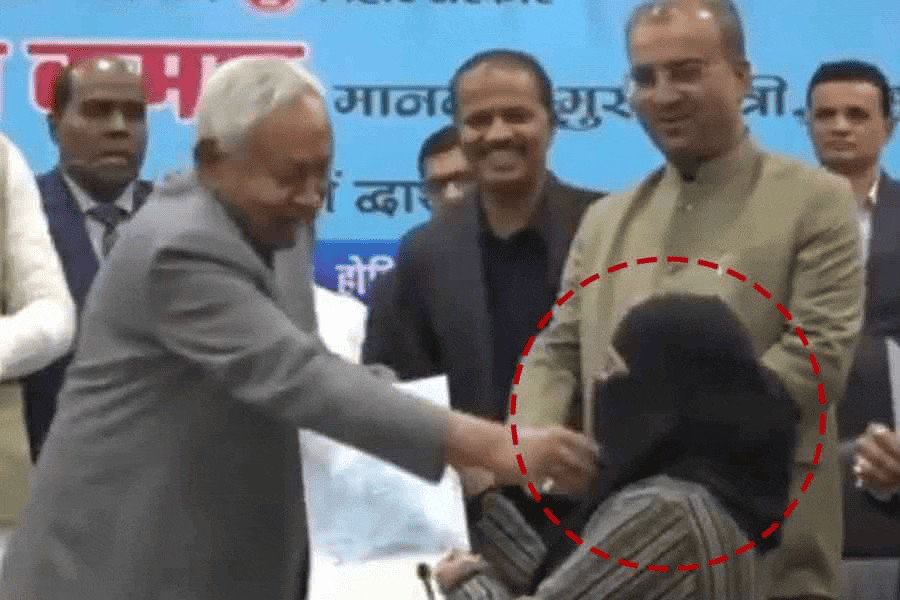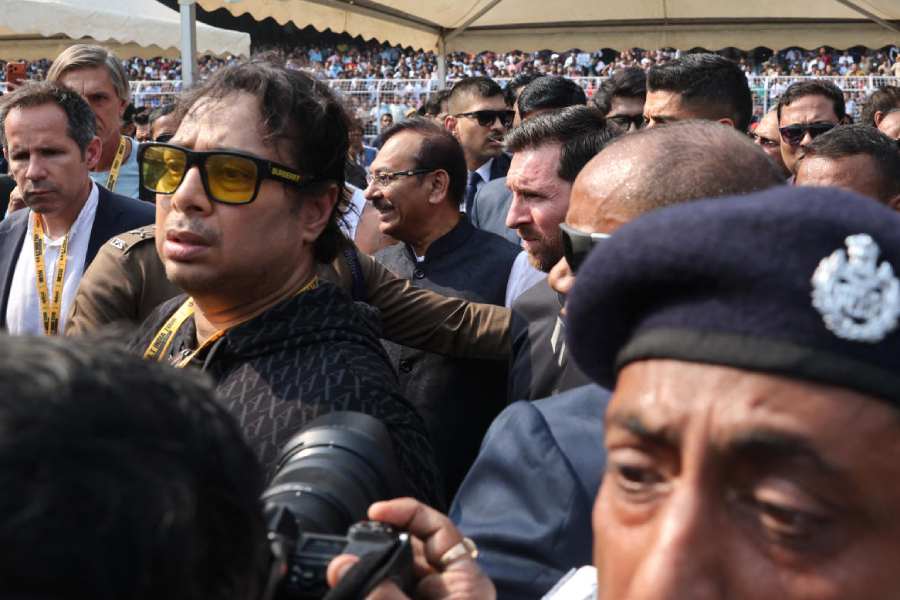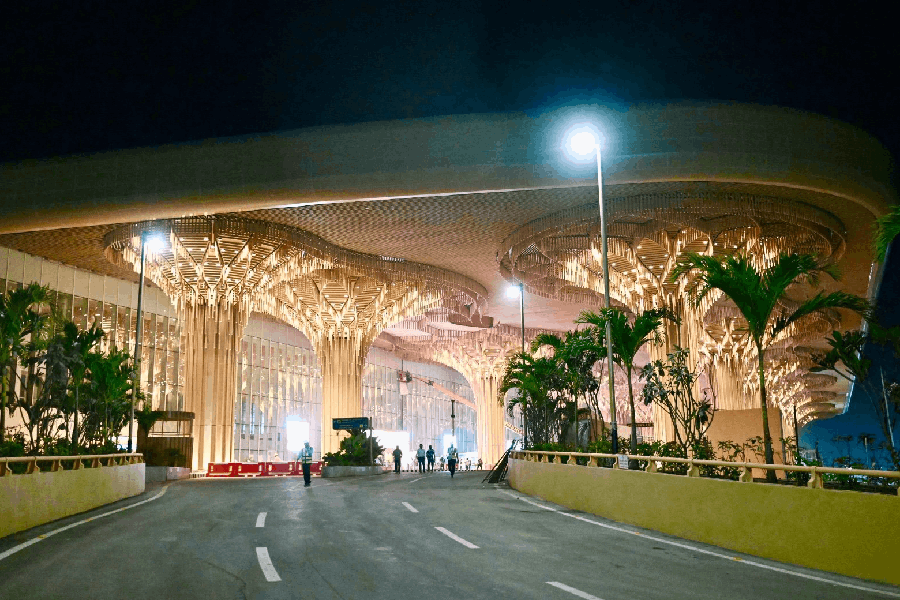Officials in Nepal have decided to slowly widen the waterway created on the right side of the debris blockade at Sunkosi, a tributary of the Kosi, to allow water to flow downstream into Bihar.
Three days have passed since Bihar sounded a red alert for severe floods in nine of its districts following the landslide in the Himalayan country’s Sindhupalchok district, around 100km from Kathmandu and around 260km from the India-Nepal border. The landslide blocked the Sunkosi creating an artificial lake.
Arun Kumar, liaisoning officer, state irrigation department in Nepal, said the authorities in the neighbouring country had planned to release not more than 250 cumec (cubic metres per second) of water through the water- way which had been created a couple of days back by controlled explosions.
Right now, 150 cumec of water is being released and the gap of the waterway had to be widened for this purpose. One cumec equals to 35.31 cusec.
“Till Sunday, the officials in Nepal had planned to continue with the blasts and create another waterway towards the left of the blockade. However, the plan was dropped after surveys found that the hills towards the left were unstable and a blast, which will result in the passing of water, could result in another major landslide further aggravating the problem. So, it has been decided that instead of taking that chance, which, if goes wrong, will damage the Sunkosi hydel station, the marketplace of the Sindhuli district etc, the existing waterway will be expanded,” he added.
The Sunkosi hydel station is 6km downstream from the landslide site. The Sindhuli district is located south of Sindhupalchok and the Sunkosi passes through the northern end of Sindhuli.
Vyasji, principal secretary, state disaster management department, said Bihar had some good news as there was no rainfall in Nepal on Monday and the authorities there had stopped themselves from holding any more blasts.
At present, around 28 lakh cusec of water is accumulated in the artificial lake. On Monday, the officials said the blocked water had spread across an area of 1km with a depth of 70m.
The red alert is still valid in nine districts — Supaul, Saharsa, Madhepura, Araria, Purnea, Madhubani, Khagaria, Darbhanga and Bhagalpur.
“In fact, some areas of Nepal face a bigger threat than that of Bihar. The accumulated water needs to be pumped out slowly. They too cannot afford blasts of big magnitude or else they will also face a lot of destruction. It has been decided by the authorities in Nepal that in no case, the existing waterway should pump out water more than 250 cumec. They have not decided about the ways to increase the gap of the waterway until now,” he added.
Sources said the situation, though under control now, was still volatile with spells of heavy rain in Nepal could turn around the situation soon and create pressure on the blockade with the water level rising.











